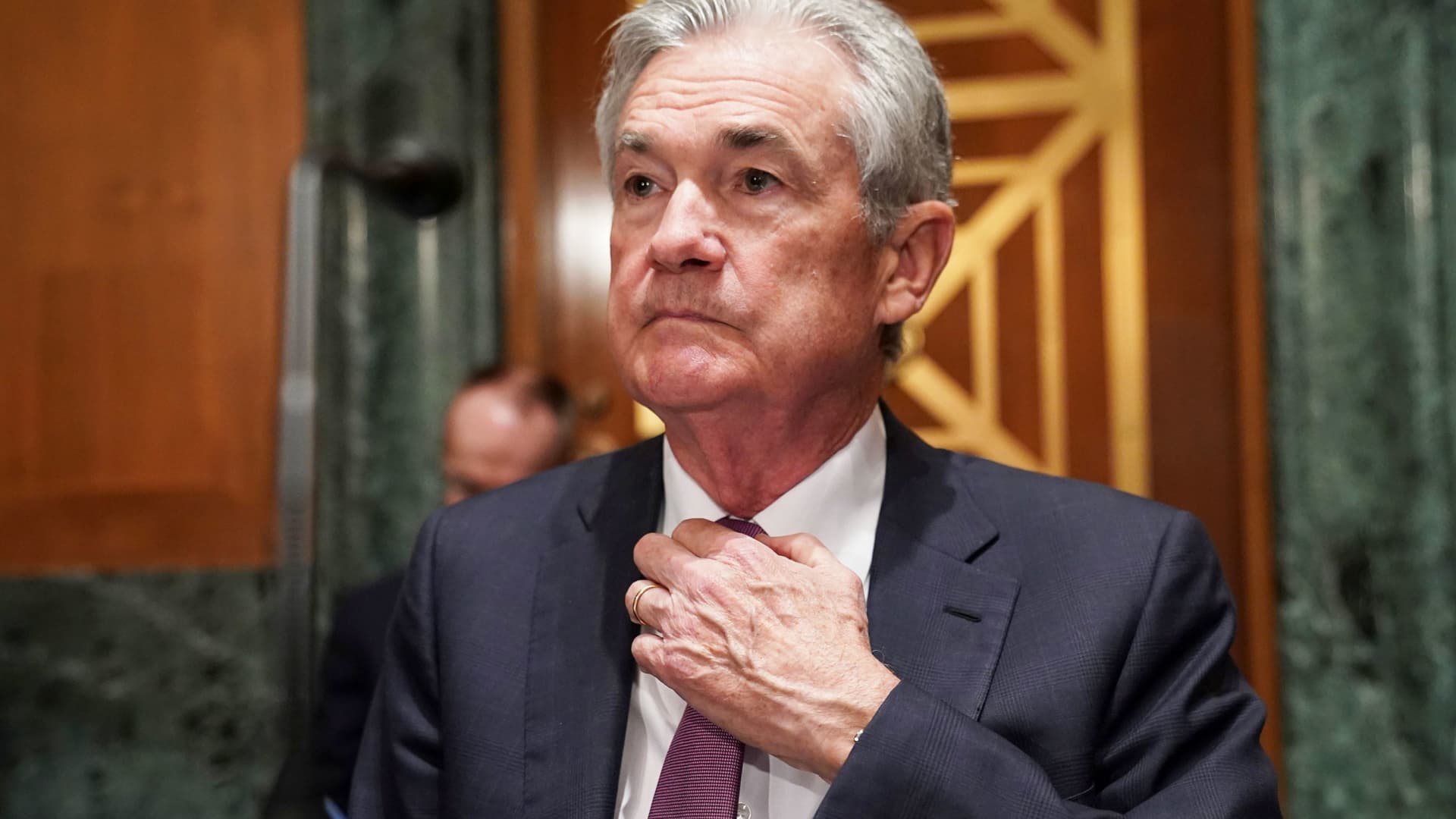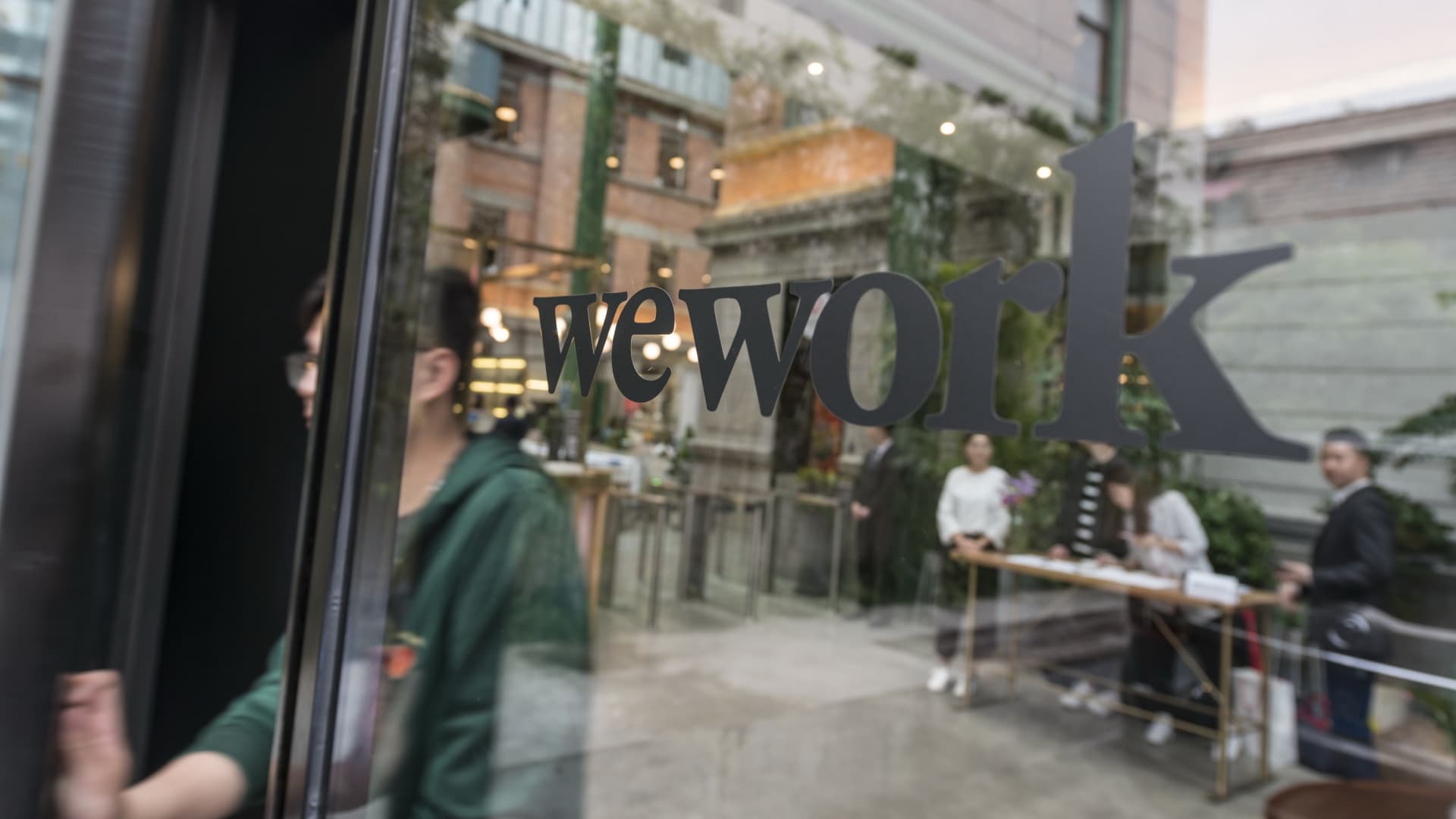US Markets
Wednesday, May 15th, 2024 3:23 pm EDT
Key Points
- Inflation eased slightly in April, with the consumer price index (CPI) rising by 0.3% from March and 3.4% year-over-year, which was in line with expectations. Core inflation, excluding food and energy, also increased by 0.3% monthly and 3.6% annually, marking the lowest annual core inflation since April 2021.
- The inflation report indicated significant price gains in shelter and energy costs, with shelter rising 0.4% for the month and 5.5% annually, and energy up 1.1% monthly and 2.6% annually. Despite these increases, prices for used and new vehicles declined, and other notable monthly gains included apparel, transportation services, and medical care services.
- The Federal Reserve remains cautious, with its benchmark overnight lending rate held between 5.25%-5.5%, the highest in 23 years. Fed Chair Jerome Powell suggested that interest rates might need to stay high longer than expected to combat persistent inflation, with markets anticipating a potential rate cut in September if inflation data improves.
In April, inflation showed a slight easing, bringing some relief to consumers but still remaining above levels that would prompt the Federal Reserve to cut interest rates. The consumer price index (CPI), which tracks the cost of goods and services, rose by 0.3% from March, marginally below the expected 0.4%. On an annual basis, the CPI increased by 3.4%, meeting expectations. Core inflation, which excludes food and energy, also rose by 0.3% monthly and 3.6% annually, the lowest since April 2021 for the annual rate and the smallest monthly increase since December.
The financial markets reacted positively, with futures tied to major stock indexes rallying and Treasury yields falling. This led to increased speculation that the Federal Reserve might start cutting interest rates by September. However, economist Dan North warned that the excitement might be premature.
Retail sales data, also released on the same day, showed no growth for the month, falling short of the 0.4% increase forecasted. This indicates that consumers are struggling to keep pace with rising prices, as the figure is adjusted for seasonality but not for inflation.
Price increases in April were largely driven by shelter and energy costs. Shelter costs rose by 0.4% for the month and 5.5% over the year, remaining high and concerning for the Fed’s goal to reduce inflation to 2%. Energy costs increased by 1.1% monthly and 2.6% annually, while food prices stayed flat for the month but rose by 2.2% annually. Prices for used and new vehicles, which had previously driven inflation during the COVID-19 pandemic, both fell.
Other areas that saw significant price increases included apparel (1.2%), transportation services (0.9%), and medical care services (0.4%). Notably, transportation services saw an annual increase of 11.2%. The broader category of services excluding energy rose by 0.4% for the month and 5.3% over the year.
Despite these inflationary pressures, workers experienced a 0.2% decrease in real earnings for the month, although there was a modest 0.5% increase over the year. Within the shelter category, both rent of primary residence and owners’ equivalent rent increased by 0.4% for the month and showed significant annual increases of 5.4% and 5.8%, respectively.
The retail sales report further indicated that consumers felt the impact of high prices, with April showing no change in retail sales after a revised 0.6% increase in March. Year-over-year, sales were up by 3%. Notably, online sales fell by 1.2%, while gasoline station sales rose by 3.1% due to higher fuel prices. Other sectors like electronics and appliances saw a 1.5% increase, but declines were noted in sporting goods and motor vehicles.
These developments present a dilemma for the Federal Reserve, which has maintained a pause on rate changes since July 2023, awaiting clearer signs that inflation is returning to the 2% target. The Fed’s current benchmark overnight lending rate stands at 5.25%-5.5%, the highest in 23 years. Fed Chair Jerome Powell indicated that the central bank might need to keep monetary policy tight for longer than initially anticipated. This means the Fed could wait through the summer for more favorable inflation data, with potential rate cuts not expected before September.
The Fed had previously raised rates 11 times from March 2022 to July 2023 to curb demand-driven inflation, which had soared to its highest in over 40 years. Although policymakers had hoped that inflation would subside as pandemic-related supply chain issues resolved, strong demand fueled by significant fiscal and monetary stimulus has kept price pressures high.
For the full original article on CNBC, please click here: https://www.cnbc.com/2024/05/15/cpi-inflation-april-2024-consumer-prices-rose-0point3percent-in-april.html




